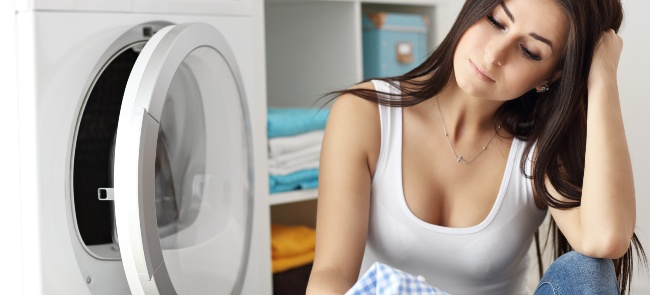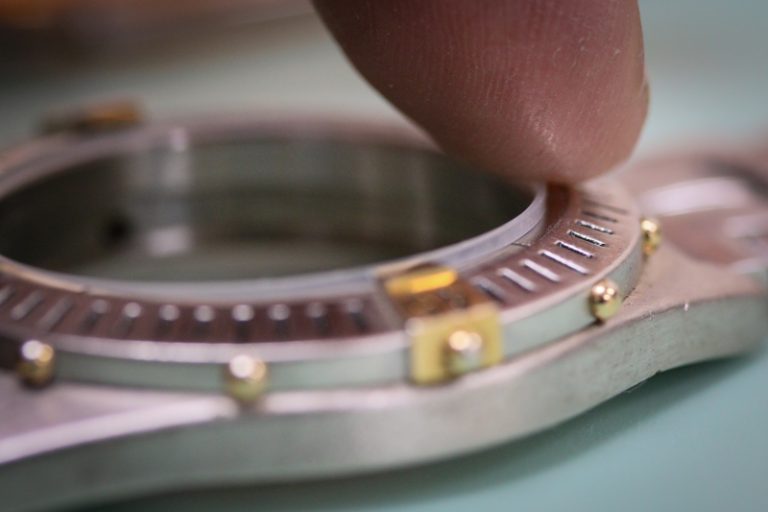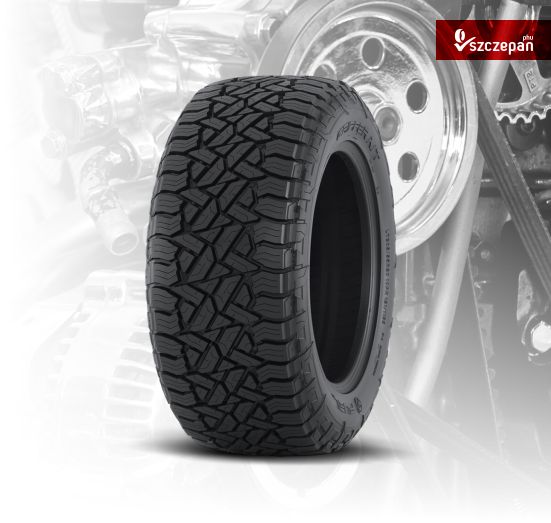Why is Your Washing Machine Not Draining? | Fantastic Services

Labour saving devices are wonderful things, but nothing messes up your schedule like having an appliance you rely on let you down. Like your washing machine not draining for instance.
The wash cycle has finished but when you open the door the laundry is still wringing wet. Your clothes may be clean but with the washer not draining getting them dry is next to impossible. It’s frustrating and inconvenient but there are a couple of quick fixes that might sort things out.
This post is for you if:
- You have a washing machine drain problem
- You want to know why your laundry hasn’t drained
- You’re looking for some helpful tips on how to fix a washing machine that won’t drain yourself
Most common reasons why your washing machine won’t drain
To understand the most common reasons why a washing machine doesn’t drain it helps to imagine the route the water is supposed to take. At the end of the cycle, it’s pumped through a filter, into the drain pipe and from there into the main waste water outlet from your home.
Faced with a washing machine not draining water it’s likely that the problem lies in the pump, the filter or the drain hose. There are a few other possibilities but it makes sense to start with the most common and easiest to resolve causes first. Read on to see what you should check and the order in which to approach things.
Before attempting to work on your washer make sure the power is switched off. If you can, also turn off the water supply to the machine.
Drain pipe on the washing machine is clogged
A bent or clogged laundry drain is one reason for a washing machine not emptying. To check for this inspect the drain pipe and straighten out any kinks or bends. If this doesn’t work you may have a clogged drain pipe on the washing machine, you’ll need to disconnect it to clear it.
Clean the pump filter to unblock your washer
The most common reason for a washing machine failing to drain is a clogged or dirty pump filter. Pump filters are designed to prevent foreign objects like buttons or coins from entering the pump and damaging the mechanism, they also trap smaller debris like hair, fluff from clothes and any other particles which while less catastrophic for pumps than larger objects still aren’t good for them.
Pump filters should be cleaned at least every three months, or anytime they become clogged and you need to unblock the washing machine.
Expose the pump filter by opening the hatch located at the bottom of the machine. You may spot a small hose behind the door which you can pull out to drain water behind the filter. Some machines don’t have this hose so water will run out when you remove the filter. Either way, place a cloth and small bowl beneath the filter to catch runoff water before you start working.
Remove the filter by turning it anticlockwise and pulling gently. Remove any obvious debris and clean the filter by rinsing it under the tap. Check the cavity for dirt or foreign objects and wipe it clean before reinserting the filter by pushing in and turning clockwise. Shut the filter hatch and with any luck, you’re good to go.

For more information on the washing machine repair services available near you, click bellow.
Check the lid switch if the washing machine doesn’t drain properly
Some machines, especially top-loaders will only drain when the lid is properly closed, so a faulty lid switch can result in a washing machine not draining properly. Test the lid switch by opening the door and pressing the lid switch down. If this triggers the machine to drain you may need to extend the stem on the lid so it connects with the switch when the door closes.
You should hear a click when you press the switch down, if you don’t the lid switch is probably broken or faulty and will need to be replaced.
Be careful with the load
If the laundry load is unevenly distributed safety overrides cut in to prevent the machine from draining or spinning. If you’ve checked the pump filter, hose and laundry switch without getting your washer up and running, try opening the door and redistributing the load more evenly.
You can generally avoid this problem by putting clothes into the machine a few pieces at a time rather than stuffing them in by the armload. It’s worth taking that extra 30 seconds as poorly distributed loads can cause the washing machine to vibrate and will eventually lead to damage to internal components landing you with repair bills you could have avoided.
It’s also important not to overload your washing machine as this strains the motor and can lead to the load becoming unevenly distributed during the cycle.
Professional Appliance Repairs
Get a professional to fix the issue with your appliance.

Your washing machine still does not drain? Contact professionals and get the issue resolved
If you’ve tried all the steps listed above and haven’t solved the problem it’s time to get the engineer in. Call Fantastic Services when your washing machine does not drain. Use any of our appliance repair services for prompt attention from fully insured professionals. Set up your booking online if you like, it takes less than a minute. We may be able to get someone to you on the day you call, saving you time and money and freeing you up to get on with your life.
***
Have you ever had a washing machine refuse to drain? What caused it and were you able to fix it yourself? Tell us your experiences in the comments section below.
Image Source: Shutterstock / Kamil Macniak



